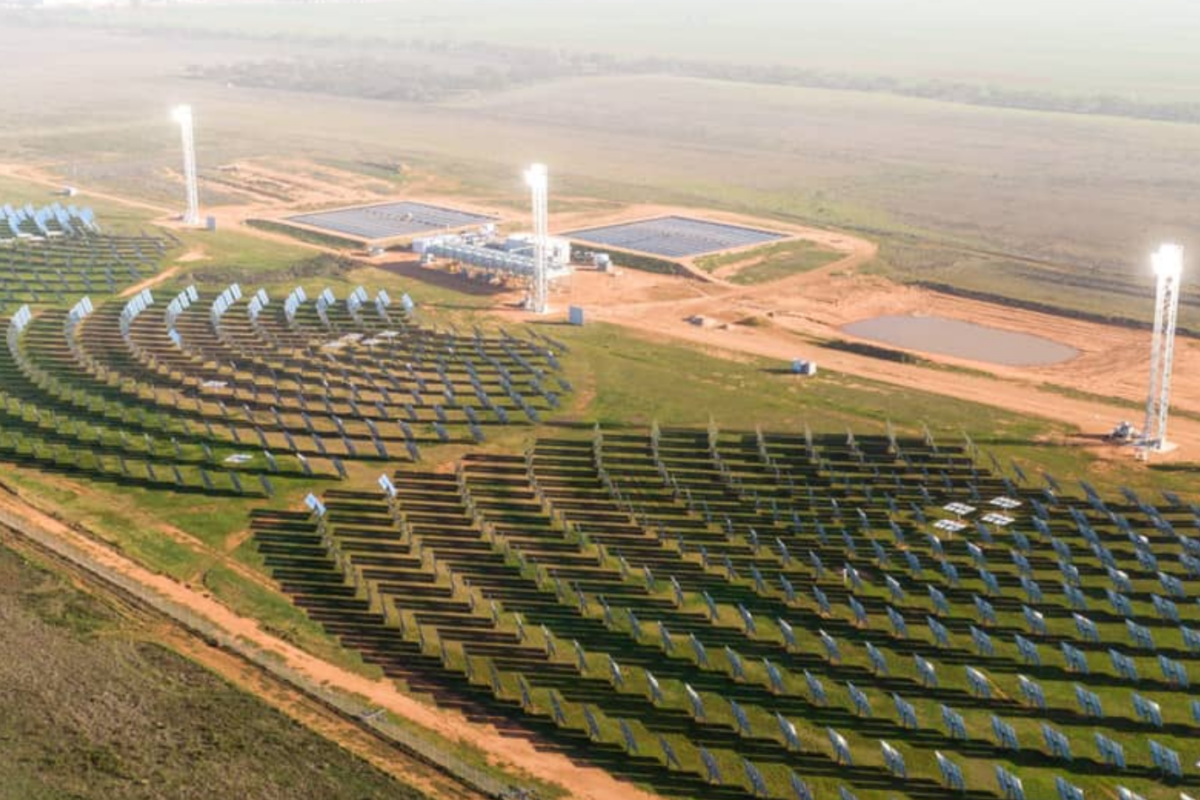In Melbourne last week Minister for Resources and Northern Australia, Matt Canavan, and Japan’s Minister of Economy, Trade and Industry, Hiroshi Kajiyama, shook hands on the Joint Statement on Cooperation on Hydrogen and Fuel Cells at the Australia-Japan ministerial Economic Dialogue.
Hydrogen, especially that produced by renewable energy such as solar electrolysis, but also, unfortunately, using fossil-fuels combined with Carbon Capture, Utilisation and Storage (CCUS), is set to become a key domestic source of energy and a potentially lucrative export to nations such as Japan.
Australia’s National Hydrogen Strategy was released in November last year after a much overdue COAG Energy Council meeting in Perth. Despite the Strategy’s “technology-neutral”, a way to fast-track hydrogen’s development but ostensibly a way for the government to have their cake and eat it too, the industry can largely be renewable energy driven.
The World Energy Council identified Australia as a ‘giant with potential to become a world key player,’ while the International Energy Agency projected that Australia could easily produce the equivalent of 100 million tonnes of oil in hydrogen for export, enough to replace 3% of global gas consumption.
The Australian and Japanese governments both seem to agree on the potential of the nation’s hydrogen industry, and as long-term trade and strategic partners the new hydrogen agreement is just the next step in Australian-Japanese relations.
The deal will see Australia and Japan continue to cooperate on the Hydrogen Energy Supply Chain (HESC) project in Victoria, an effort toward the world’s first international liquid hydrogen supply chain.
Minister Canavan said Australia and Japan are well placed to maximise the opportunities presented by hydrogen, based on a long history of successful energy and resource trade. “Australia is building a hydrogen production base to foster domestic growth and meet future export demand in Japan and the region,” said Canavan. “The opportunities are great. Scenarios developed for the National Hydrogen Strategy indicate an Australian hydrogen industry could generate about 8,000 jobs and about $11 billion a year in GDP by 2050.”
Overstating it a bit?
Whether Australia’s hydrogen industry has the export potential suggested is another story. The Australia Institute (TAI) and the consulting firm ACIL Allen have both questioned the government’s figures, and moreover have questioned just how much of a export market there is for Australian hydrogen. Some have even suggested inflated figures are being used to rush a hydrogen market that could be built gradually using entirely renewable energy sources.
“Prematurely establishing a hydrogen export industry based on highly inflated demand figures may lock out the cleanest form of hydrogen, using renewable energy and electrolysis, because the technology isn’t cost competitive at this stage,” said Richie Merzian, Climate & Energy Program Director at TAI.“If hydrogen development is rushed in Australia it could see fossil fuels locked in as a global energy source for decades to come. The emissions will make it impossible to comply with Australia’s obligations under the Paris Agreement.”
Many, including Australia’s Chief Scientist Alan Finkel and the Australian Renewable Energy Agency (ARENA) believe hydrogen’s export potential is significant. “Australia has a golden opportunity to become a major exporter of hydrogen, as other countries look to transition to low carbon energy sources,” said former ARENA CEO Ivor Frischknecht.
However, Australian National University (ANU) professor Andrew Blakers disagrees. While hydrogen may furnish domestic energy supplies, and potentially power the shipping of the nation’s exports, as an export in itself, Blakers argues that hydrogen’s “woeful round-trip efficiency” renders it unviable. Of course, HVDC cable transmission of hydrogen fuel does not suffer the same loss, but the distances between Australia and potential buyers, such as Japan and South Korea, are simply unfeasible, especially with China better positioned.
Despite Blakers’ skepticism, there are already megaprojects underway looking to promote Australian green hydrogen for export, such as the Asian Renewable Energy Hub (AREH), a 6,500 km2 project in the East Pilbara, Western Australia (WA). The project is a mix of 15 GW of wind turbines and solar PV. AREH is set to power the Pilbara region and generate hydrogen for export to Japan and South Korea.
This content is protected by copyright and may not be reused. If you want to cooperate with us and would like to reuse some of our content, please contact: editors@pv-magazine.com.









4 comments
By submitting this form you agree to pv magazine using your data for the purposes of publishing your comment.
Your personal data will only be disclosed or otherwise transmitted to third parties for the purposes of spam filtering or if this is necessary for technical maintenance of the website. Any other transfer to third parties will not take place unless this is justified on the basis of applicable data protection regulations or if pv magazine is legally obliged to do so.
You may revoke this consent at any time with effect for the future, in which case your personal data will be deleted immediately. Otherwise, your data will be deleted if pv magazine has processed your request or the purpose of data storage is fulfilled.
Further information on data privacy can be found in our Data Protection Policy.